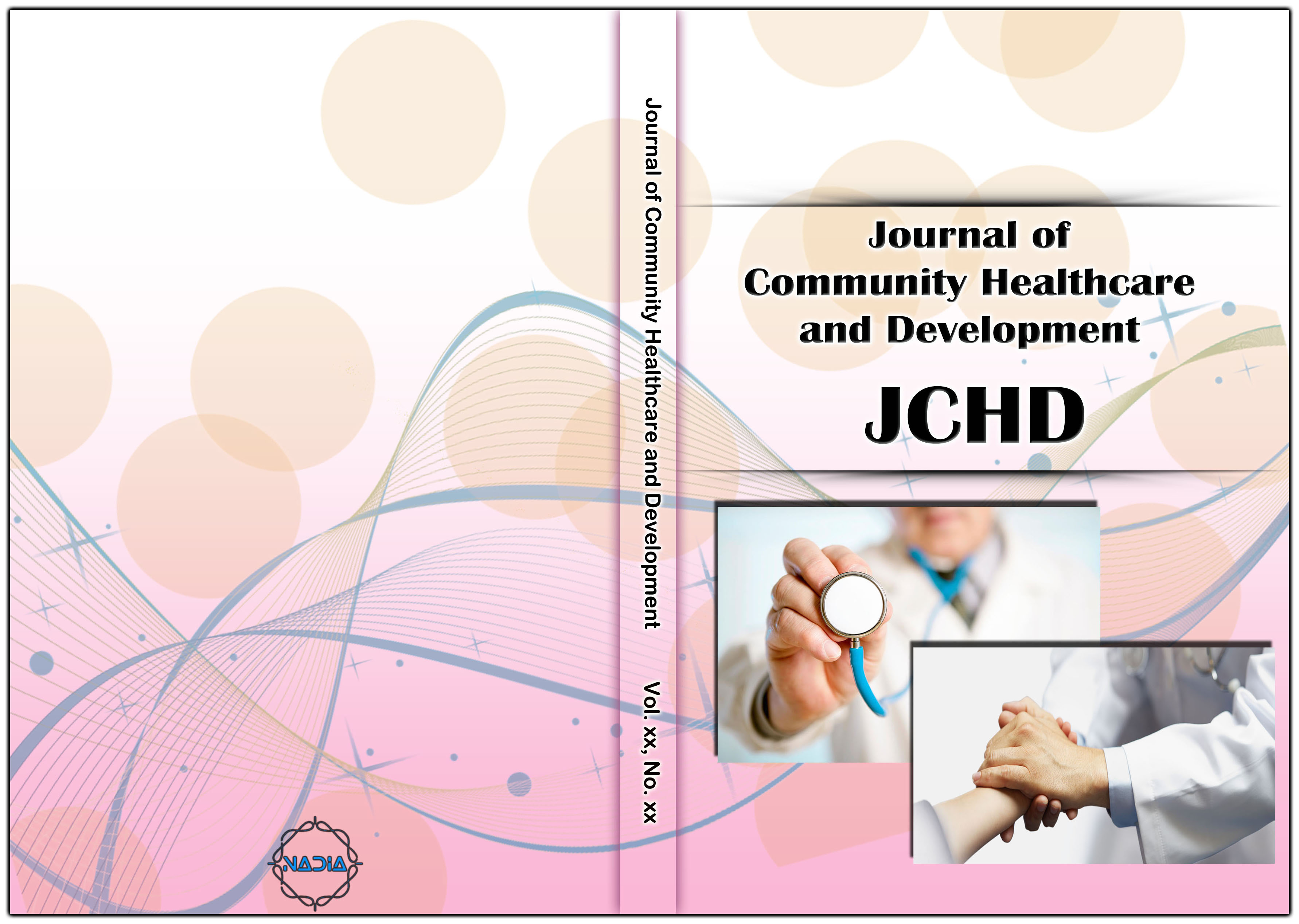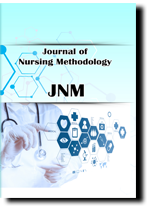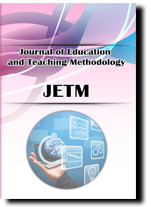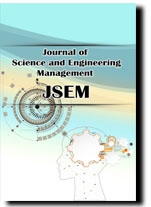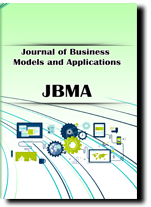[1] Fleischmann, Carolin, André Scherag, Neill KJ Adhikari, Christiane S. Hartog, Thomas Tsaganos, Peter Schlattmann, Derek C. Angus, and Konrad Reinhart. “Assessment of global incidence and mortality of hospital-treated sepsis. Current estimates and limitations.” American journal of respiratory and critical care medicine, vol. 193, no. 3, (2016), pp. 259-272.
[2] Liu, Luchen, Haoxian Wu, Zichang Wang, Zequn Liu, and Ming Zhang. “Early Prediction of Sepsis From Clinical Datavia Heterogeneous Event Aggregation.” arXiv preprint arXiv:1910.06792 (2019).
[3] Nemati, Shamim, Andre Holder, Fereshteh Razmi, Matthew D. Stanley, Gari D. Clifford, and Timothy G. Buchman. “An interpretable machine learning model for accurate prediction of sepsis in the ICU.” Critical care medicine, vol. 46, no. 4, (2018), pp. 547-553.
[4] Giannini, Heather M., Jennifer C. Ginestra, Corey Chivers, Michael Draugelis, Asaf Hanish, William D. Schweickert, Barry D. Fuchs et al. “A Machine Learning Algorithm to Predict Severe Sepsis and Septic Shock: Development, Implementation, and Impact on Clinical Practice.” Critical care medicine, vol. 47, no. 11, (2019), pp. 1485-1492.
[5] Desautels, Thomas, Jana Hoffman, Christopher Barton, Qingqing Mao, Melissa Jay, Jacob Calvert, and Ritankar Das. “Pediatric severe sepsis prediction using machine learning.” bioRxiv, (2017), pp. 223-289.
[6] Ibrahim, Zina M., Honghan Wu, Ahmed Hamoud, Lukas Stappen, Richard JB Dobson, and Andrea Agarossi. “On classifying sepsis heterogeneity in the ICU: insight using machine learning.” Journal of the American Medical Informatics Association, vol. 27, no. 3, (2020), pp. 437-443.
[7] Fleuren, Lucas M., Thomas LT Klausch, Charlotte L. Zwager, Linda J. Schoonmade, Tingjie Guo, Luca F. Roggeveen, Eleonora L. Swart et al. “Machine Learning for the Prediction of Sepsis, a Systematic Review and Meta-Analysis of Diagnostic Test Accuracy.” (2019).
[8] Nemati, Shamim, Andre Holder, Fereshteh Razmi, Matthew D. Stanley, Gari D. Clifford, and Timothy G. Buchman. “An interpretable machine learning model for accurate prediction of sepsis in the ICU.” Critical care medicine, vol. 46, no. 4, (2018), pp. 547-553.
[9] Seneviratne, Martin G., Nigam H. Shah, and Larry Chu. “Bridging the implementation gap of machine learning in healthcare.” BMJ Innovations, vol. 6, no. 2 (2020).
[10] Mohammed, Sabah, Jinan Fiaidhi, and Sami Mohammed. “Pragmatic Interoperability for Extreme Automation and Healthcare Interoperability & Continuity.” IEEE LISS 2020 Conference Preprint, TechRxIv (2020). https://www.techrxiv.org/articles/Pragmatic_Interoperability_for_Extreme_ Automation_and_Healthcare_Interoperability_Continuity/11728956.
[11] Weber, Jens H., and Craig Kuziemsky. “Pragmatic interoperability for ehealth systems: the fallback workflow patterns.” In 2019 IEEE/ACM 1st International Workshop on Software Engineering for Healthcare (SEH), IEEE., (2019), pp. 29-36.
[12] Dunnion, Mary E., and Miriam Griffin. "Care planning in the emergency department." International emergency nursing 18, no. 2 (2010): 67-75.
[13] Liggins, Martin E.; Hall, David L.; Llinas, James (2008). Multisensor Data Fusion, Second Edition: Theory and Practice (Multisensor Data Fusion). CRC. ISBN 978-1-4200-5308-1.
[14] Mark Meloon, What is an example of data fusion? How does it help in big data? Is it data analysis technique?, Sep 19, 2014, Available Online: https://www.quora.com/What-is-an-example-of-data-fusion-How-does-it-help-in-big-data-Is-it-data-analysis-technique
[15] Erik Blasch, One decade of the Data Fusion Information Group (DFIG) model, Proceedings Volume 9499, Next-Generation Analyst III; 94990L (2015) https://doi.org/10.1117/12.2176934
[16] Event: SPIE Sensing Technology + Applications, 2015, Baltimore, Maryland, United States
[17] Brillman, Judith C., Tom Burr, David Forslund, Edward Joyce, Rick Picard, and Edith Umland. "Modeling emergency department visit patterns for infectious disease complaints: results and application to disease surveillance." BMC medical informatics and decision-making 5, no. 1 (2005): 4.
[18] Helland, Pat. "Life beyond Distributed Transactions: an Apostate's Opinion." In CIDR, vol. 2007, pp. 132-141. 2007.
[19] Sun, Long, Yan Li, and Raheel Ahmed Memon. "An open IoT framework based on microservices architecture." China Communications 14, no. 2 (2017): 154-162.
